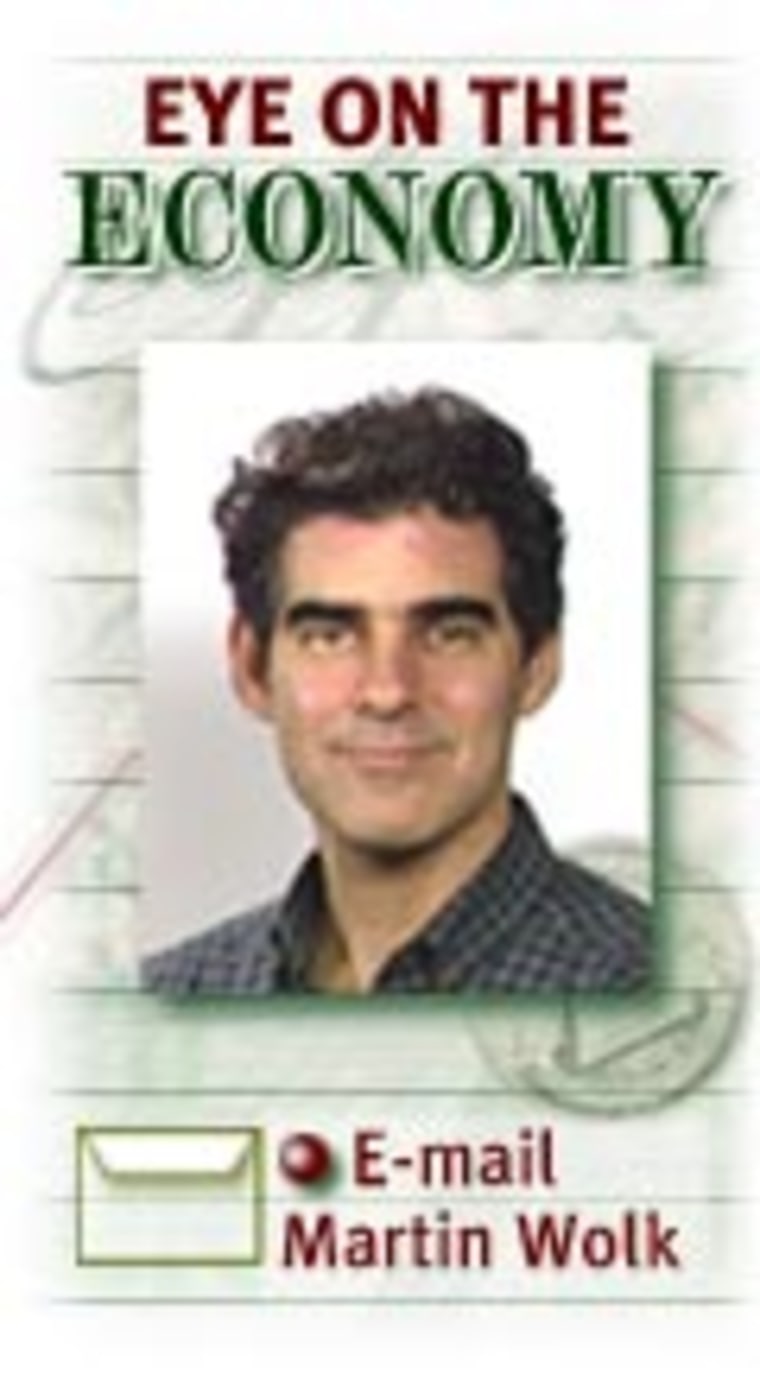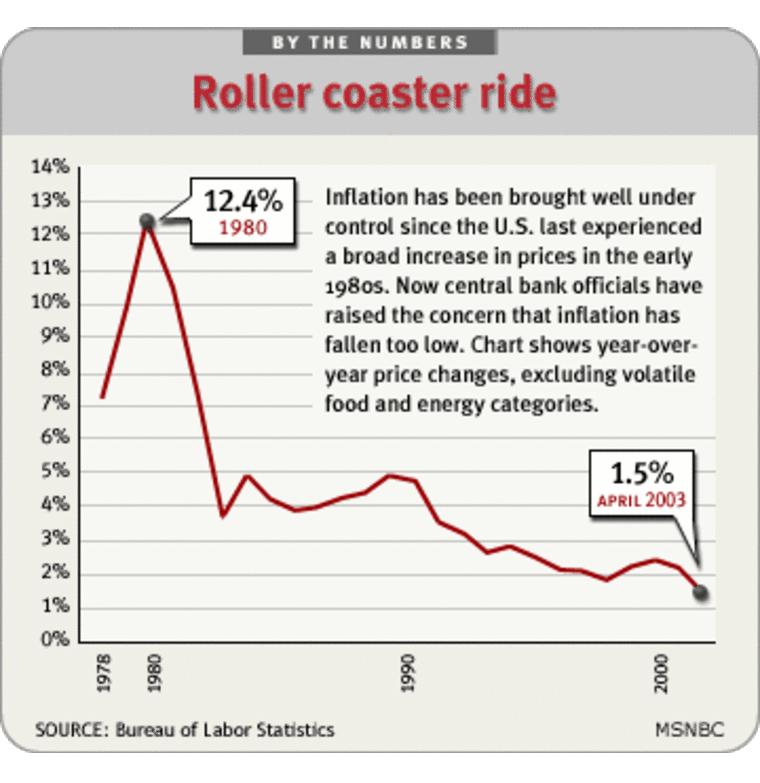Federal Reserve Chairman Alan Greenspan and fellow central bank officials prepared to conclude a two-day meeting Wednesday with the widely expected announcement of another reduction in short-term interest rates. The big question hanging over Wall Street was whether policy-makers will cut the benchmark overnight rate by a half-percentage point or a quarter.

AS THE RATE-SETTING Federal Open Market Committee prepared to emerge from its closed session, traders and analysts remained sharply divided over the magnitude of the likely cut, which will be announced at about 2:15 p.m. ET. The latest batch of economic data has been mixed, giving little insight into how the Fed will act. Housing sales were strong last month, boosted by record-low mortgage rates, but orders for durable goods were sluggish, another disappointment for the battered factory sector.
“People just don’t know,” said Mary Ann Hurley, a bond trader for D.A. Davidson & Co. in Seattle. “If you just look at the data and what the Fed is looking at, it’s a very close call.”
She said the statement the Fed issues with its decision will be perhaps as important as the decision itself, signaling whether the central bank is at last finished with its long rate-cutting campaign or leaving the door open for additional easing measures.
The central bank already has cut the overnight federal funds rate 12 times since early 2001, bringing the benchmark down from 6.5 percent to its current 1.25 percent, the lowest in more than 40 years, in an effort to restart the sluggish economy. After several false starts, many economists believe the economy at long last is poised for a period of stronger growth, fueled by record-low interest rates, a falling dollar, and massive fiscal stimulus in the form of the $350 billion tax cut that is about to go into effect.
“The market is splitting hairs,” said Diane Swonk, chief economist at Bank One in Chicago. “No matter what the Fed does, this is just an insurance policy against all the stars that seem to be coming into alignment not working.”
In addition to ensuring a stronger recovery from the recession that began in March 2001, the expected rate cut is part of the Fed’s campaign to fight the possibility of widespread falling prices or deflation, considered an unlikely but potentially damaging scenario if demand remains weak.
Many economists agree with Swonk that after the terrorist attacks of 2001, corporate scandals of 2002 and Iraq war of 2003, the path at last is cleared for economic takeoff.
“There is a lot of economic stimulus to come,” said Sung Won Sohn, chief economist at Wells Fargo & Co., who expects a quarter-point cut. “If this doesn’t do it, I don’t know what would bring economic growth. I think all of us will have to go back to Econ 101 and say, what went wrong?”
A rate cut would be the first since November and would bring the benchmark figure to its lowest level since 1961, when it dropped to 0.5 percent and even lower on occasion, according to Fed records.
The market has been geared up for another cut since May 6, when the Fed issued a statement broaching the topic of deflation after the last meeting of the FOMC. The Fed statement set off a rally on financial markets that has been helped along by Fed Chairman Alan Greenspan, who has expressed confidence in an economic rebound in two appearances on Capitol Hill recently.
Since May 6, mortgage rates — which are tied to the Treasury market — have fallen substantially to their lowest levels in more than 30 years, setting off a new wave of refinancing activity. And the stock market has added more than 7 percent to an impressive rally that has been building since March.
Now comes the time for the Fed to ratify the rally, said Lyle Gramley of Schwab Washington Research Group, a former Fed governor who is predicting a cut of a half-point, or 50 basis points.
“I think what the Fed wants to do more than anything else is sustain the rallies that have developed since May 6 in both the stock and bond markets,” Gramley said.
While the Fed technically can lower short-term interest rates to zero if necessary, many economists believe the central bank will avoid lowering the benchmark target below 0.75 percent. The reason is that a lower rate could pose problems for managers of money market mutual funds, where individual and institutional investors have socked away $2 trillion.
Because the costs of running these funds, including management fees, often approaches 0.75 percent, a lower overnight rate could cause turmoil in the industry, driving investors to seek other parking spots for their cash.
“We know we could live without money market funds - we did before 1971,” Gramley said. “But the transition to a world without money market funds could be pretty rocky.”
Others say the Fed will not hesitate to continue cutting rates if the economy fails to respond to the latest wave of stimulus.
“If it gets to the point where they have to worry about that, the money market funds are going to play second fiddle to the health of the rest of the economy,” said Stephen Stanley, senior economist at RBS Greenwich Capital. “I just can’t imagine that the Fed would tailor monetary policy for the entire economy around preserving management fees for the money market industry.”
